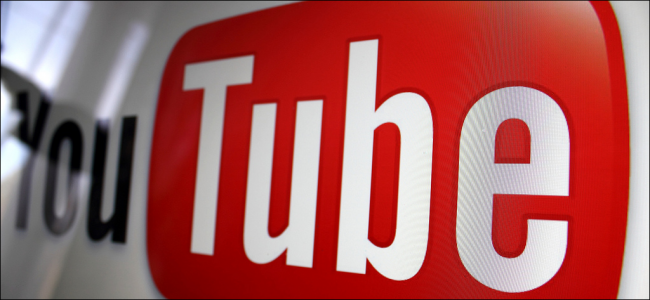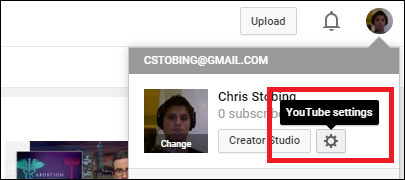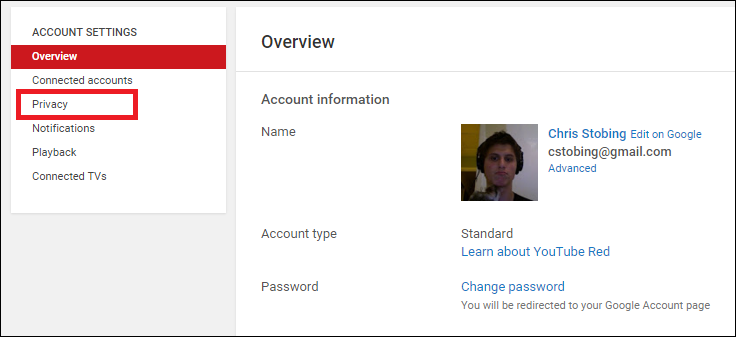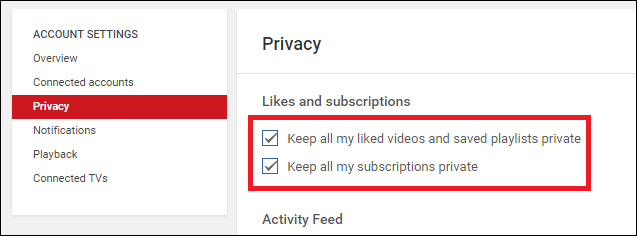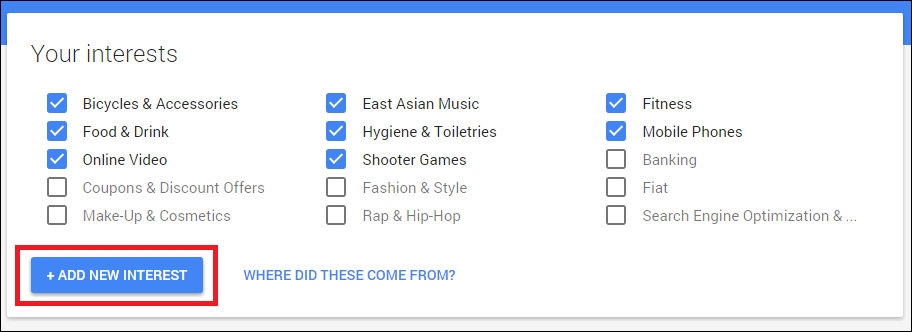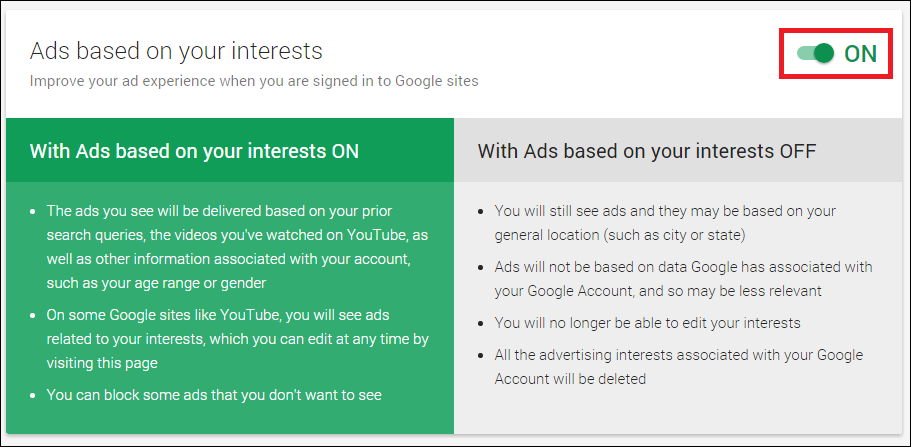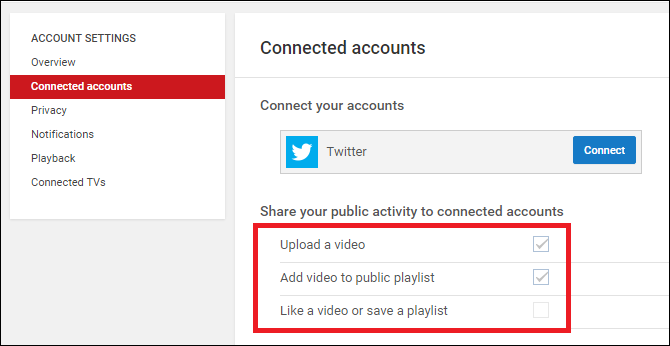Quick Links
Thanks to Google's big Google+ push a few years ago, many YouTube accounts are connected with the real name of their owner. Punch your name into Google, and one of the first results could be your YouTube account, complete with a feed containing all the videos you've viewed and channels you've subscribed to over the past few years.
Thankfully, you can still control what the rest of the world sees by correctly configuring the level of your privacy inside your YouTube account settings.
How to Edit YouTube's Privacy Settings
To access your privacy settings, start by opening up YouTube's home page. Next, find your account settings by clicking your avatar in the top-right hand corner, and click the gear icon, highlighted below.
Next, find the option for "Privacy" in the left-hand menu.
This is where you can edit what the public can and can't see when they search for your profile.
To turn off public visibility for videos you've liked and channels you've subscribed to, be sure that the following two boxes are checked.
Below this, you'll find the option to manage what appears in your Activity Feed. The Activity Feed keeps tracks of actions like adding videos to public playlists, as well as any time you subscribe to an new channel, (not to be confused with subscriptions you've already set up beforehand).
Unlike the first section, the more boxes you have un-checked here, the more private your account will be.
How to Tweak Your Ad Settings and Connected Accounts
Next, there's Google's Ad Settings. This section doesn't control information that's publicly available as a part of your profile, but rather what kind of data Google will collect on you for specifically tailored YouTube ads.
To configure this section, navigate to the bottom of the Privacy page, and click on the link highlighted below:
As we mentioned in our companion article on this subject, most of the data collected for these ads is pretty innocuous, and will only identify you on the broadest spectrum. The ads are based on things like the types of YouTube content you watch, the searches you make inside the Google ecosystem, or the pages you visit while using the Chrome web browser.
You can add or delete any interests in this section in case you want to specifically tailor which ads are displayed to you. Sometimes the algorithm that detects the data for your interests can swing and miss hard (don't think I've searched for any makeup or cosmetic products in the past few months), and if that happens, just de-select the checkbox next to the the topic to prevent it from showing up again.
That said, if total privacy is of the utmost importance, you can turn the setting off entirely by switching the toggle highlighted below:
Lastly, go to "Connected Accounts" in the left sidebar. Here, you can manage what gets posted to companion social media sites like Twitter whenever any activity is detected in your feed. This is where you can control whether or not Twitter alerts followers when you upload a video, add a video to a public playlist, or like/save a video from another content creator.
If you don't have any connected accounts, these settings will be turned off by default.
It's important to maintain your privacy online wherever you can, and with YouTube's privacy features you can be sure that no one sees any of your account activity if you don't want them to.
Image Credit: Rego Korosi

